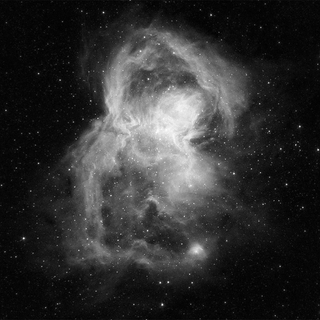Picture this: an air vacuum that can help us conserve the world’s endangered animals. If this sounds too good — or too strange — to be true, it isn’t anymore. Two teams of scientists have devised a way to keep track of animal populations using the DNA traces they leave in the air around them.
More specifically, this is environmental DNA (eDNA), or DNA that originates from cellular material such as skin, excrement, and so on, and diffuses into an animal’s environment. In simpler terms, animals “shed” eDNA that can now be trapped and sampled with the help of vacuum devices. These devices, after capturing samples, filter airborne particles that can then be analyzed by scientists. “In just 40 samples, we detected 49 species spanning mammal, bird, amphibian, reptile, and fish,” Kristine Bohmann, an evolutionary genomics researcher from Queen Mary University, London, said.
What does any of this have to do with conservation? It simply means that there is now a much quicker, more efficient way of identifying just which and how many animals inhabit a particular region. In the case of endangered animals, the method allows researchers to keep track of their population in expected habitats, and notice when they dwindle or change in any other form. Two teams of researchers serendipitously found the same results, both of which were published in Current Biology.
Previously, researchers used a similar technique to collect DNA samples from water or soil. But the air-collection method could “revolutionize” how researchers monitor animal populations. Bohmann’s was one of two teams that attempted this at the Copenhagen Zoo, and found that they could not only detect traces of the animals within the shelters but also those outside of it — in addition to the animals they had consumed.
“We did not think that vacuuming animal DNA from air would work… This was high risk, high reward science with the potential to push the boundaries of vertebrate biomonitoring. Clearly, the sky is not the limit,” Bohmann added.
Related on The Swaddle:
Satellites Are Transforming Elephant Conservation, Anti‑Poaching Efforts
The second team of researchers found similar results. “We were even able to collect eDNA from animals that were hundreds of meters away from where we were testing without a significant drop in the concentration, and even from outside sealed buildings,” said Elizabeth Clare, also from Queen Mary University.
In other words: “The animals were inside, but their DNA was escaping.”
Noting that vertebrates in terrestrial (land-based) ecosystems are rapidly declining due to human activities and climate change, one of the papers states: “Biodiversity monitoring at the community scale is a critical element of assessing and studying species distributions, ecology, diversity, and movements, and it is key to understanding and tracking environmental and anthropogenic effects on natural ecosystems.”
To this effect, traditional methods are “costly and laborious,” and and are slower in comparison to the rate at which biodiversity itself is declining due to changing ecosystems.
“[A]lthough environmental DNA (eDNA) is becoming the tool of choice to assess biodiversity, few sample types effectively capture terrestrial vertebrate diversity,” Clare’s team wrote in their paper. Now, air sampling could change that. “We demonstrate airborne eDNA as an untapped source of vertebrate distribution data,” the paper states.
“Rapid terrestrial biomonitoring approaches are essential to quantify the causes and consequences of global change,” another paper notes.
The innovation will allow researchers to observe vulnerable populations in the wild quickly, remotely, and with minimal disturbance or interference with their environment.
“The non-invasive nature of this approach makes it particularly valuable for observing vulnerable or endangered species as well as those in hard-to-reach environments, such as caves and burrows They do not have to be visible for us to know they are in the area if we can pick up traces of their DNA, literally out of thin air,” Clare noted, in a press release.
“I have this vision of samplers that are deployed globally that can suck up the DNA from all these different sources, from soil and honey and rain and snow and air and water, sequence them on-site, beam the data up to the servers… We don’t have a coordinated system for that,” she told NPR, noting that there is currently no global biomonitoring system.
What makes the research meaningful is that everyone involved thought it was a “crazy” idea, but were willing to try — for dearth of viable solutions to a rapidly exacerbating problem of biodiversity decline. That two different teams happened to arrive at the same result represents a promising path forward for conservation efforts.




